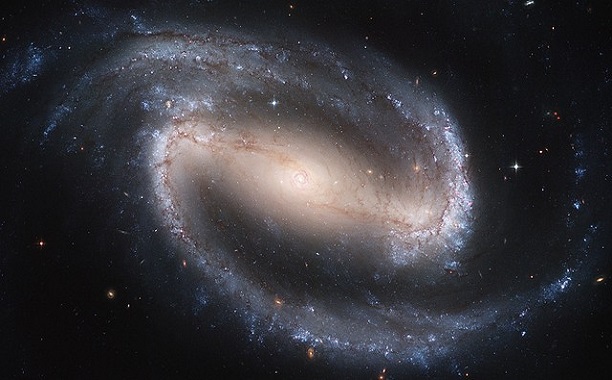NASA’s NuSTAR telescope has unearthed out of this world findings, unveiling five supermassive black holes previously obscured by gas and dust clouds, CTV News reports.
Black holes are born when a supernova star, a star 10 times larger than the sun, explodes and sends matter spiraling throughout the universe. Black holes are each roughly the size of New York City with a force so strong that nothing can escape it’s clutches, including light itself.
Scientists have previously had a hard time locating black holes as they are frequently concealed by space debris. The development of NASA’s Nuclear Spectroscopic Telescope Array (NuSTAR) mission which launched in 2012 is able to penetrate clouds, gas and dust to locate the supermassive entities that lurk behind.
George Lansbury of Durham University and lead author of ‘Black Holes’ shares his excitement at NASA locating such amazing space finds “for the first time.”
Thanks to NuSTAR, for the first time, we have been able to clearly identify these hidden monsters. Black holes have previously been elusive because of their surrounding cocoons of material.
The five black holes were found spanning nine galaxies feasting on surrounding material to sustain themselves. Black holes are known for their notoriously powerful gravitational pull which sucks space matter inside of it. To the surprise of NASA scientists, black holes feed on more matter than previously thought. The unearthing of five new black holes is thought to indicate that millions more are present in the universe just waiting to be found.
Lansbury states that “the predicted numbers are huge” when the entire universe is taken into consideration.
Although we have only detected five of these hidden supermassive black holes, when we extrapolate our results across the whole universe, then the predicted numbers are huge.
The finding of black holes excites scientists who now believe they can unlock the secrets of dark matter, which is suspected to take up 80% of the universe but cannot be seen. The powerful telescope has also located supernovas and produced stunning photographs and footage of our own solar system, The Milky Way, with stunning captures of the sun as reported by CNET.
The image, released on Wednesday, shows close up footage of the sun in all her molten, red-hot glory.
























